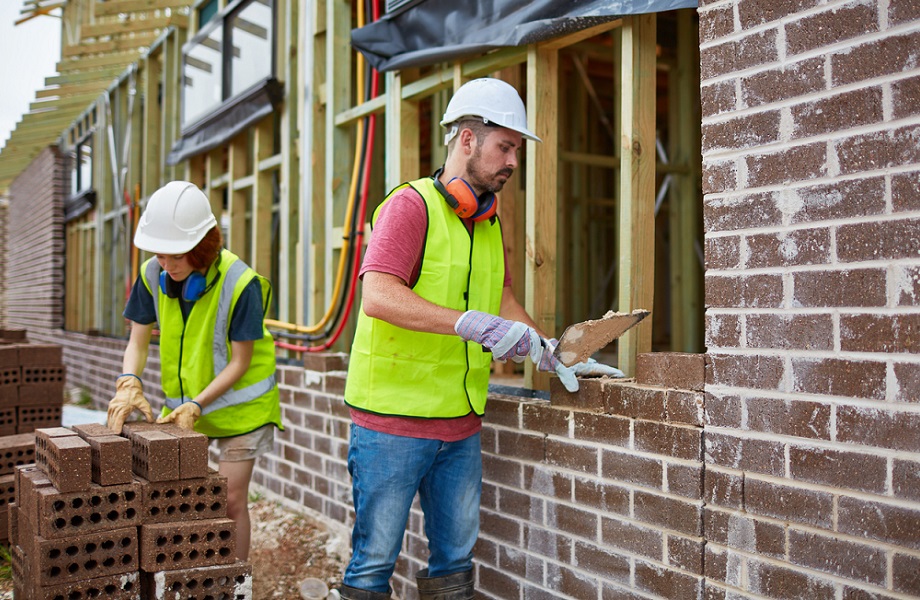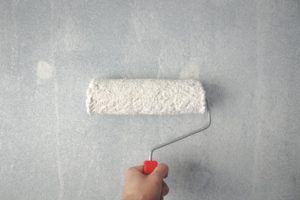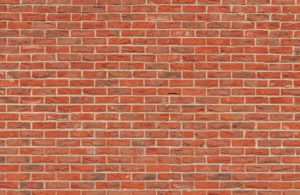Types Of Bricks And Their Purpose

Several types of bricks can be made from materials such as clay; specific; sand and lime, and fly ash and water. Ordinary burnt clay brick does not have a particularly attractive appearance and is used more for general work.
Silicate limestone bricks have a more uniform appearance and smoother surface than ordinary fired clay bricks, which means that silicate limestone bricks do not require plastering when used for walls. Made from a mixture of sand, lime, and possibly a color pigment to change the look of the brick, sandstone bricks have high compressive strength, which is why they are a common option for load-bearing walls in apartment buildings and buildings. plans. The first-grade brick is used for various purposes in the construction industry such as building finishing work, masonry work, etc.
Sun-dried bricks are generally not used for permanent construction as they do not have reliable long-term strength. This is a less expensive and affordable alternative for objects that need to be temporarily used. Do-it-yourselfers should be aware that these simple sun-dried clay bricks are the weakest and least durable types of bricks, so they should never be used as load-bearing supports or foundations.
The bricks are made up of a mixture of clay earth, water and straw; they may also include manure, clay, or sand to improve their strength and prevent the bricks from breaking. Engineered brick is not the most aesthetic type of brick, so it is not as commonly used as clay or concrete bricks for the exterior walls of residential buildings. Unfired bricks tend to have lower strength and are therefore not used in modern construction and civil engineering. Called green brick, this is one of the most primitive examples of brick, this type of brick was not fired in kilns but dried in the sun to harden.
According to Frederick S. Merritt (author of The Handbook of Building Design and Construction), a brick is a rectangular stone building unit composed of at least 75% fired clay, slate, or a mixture of these materials, fired clay. Conventional building bricks are usually rectangular, have a hard structure, and are made from a suitable type of brick clay.
However, construction sometimes also uses altered bricks, with a porous or hollow structure, and materials other than clay. Architectural bricks are used to construct fancy buildings with an unusual composition of bricks. Concrete bricks, on the other hand, are made up of a mixture of cement, sand, aggregates, additives, and water and are commonly used as structural masonry blocks, tested to provide the required properties, but can also be used for wall cladding. Foam concrete, also known as aerated concrete, has a different manufacturing method, resulting in bricks with special building properties.
It is a building material used in construction to make the floors of walls and other building elements, usually, brick is made from clay, but nowadays it can be made from clay soil, sand and lime or cement materials. When mixed with water, fly ash forms a fast-hardening material that can be molded into bricks. Fly ash containing large amounts of calcium oxide is often used as a rapidly expanding material in materials such as brick and concrete.
Fly ash bricks have an excessive concentration of calcium oxide, which is used in the manufacture of cement, which is why it is also known as self-cementing brick. The advantage of fly ash bricks is their high fire resistance, high strength, uniform size, less water penetration, and no need to wet them before using them in construction. Fly ash brick has higher fire resistance, higher strength, better seams and is the same size as plaster, with much less water penetration, it does not need to be soaked before being used in masonry.
There are many types of bricks used for laying building materials such as clay, concrete, lime, fly ash, etc. Brick is an important building material and has a clay-based rectangular shape. Blue bricks are produced using various additives, Class C fly ash and water. The bricks are made from industrial waste such as fly ash (a fine grey powder composed of spherical glass-like particles that is a by-product of coal-fired power plants), cement, sand and stone dust. As a fact, brick manufacturers Australia makes about 1.6 billion bricks annually.

Refractory bricks are made from a special type of clay known as chamotte, which mainly contains silica and alumina. Most bricks are made from clay, but you can also find concrete blocks as well as calcium silicate blocks (a mixture of water, sand, lime, and pigment for color). These types of bricks are examples of common materials used to make bricks, and researchers often experiment with varying the content of clay, sand, lime, fly ash, concrete, and other materials in a given brick to find combinations with optimal properties. Whereas regular concrete brick can be used for facades, fences and interior masonry due to its minimal maintenance requirements, sound insulation and heat resistance.
Although they are useful for outdoor applications, unlike other bricks, they are considered low-quality bricks. Bricks of the fourth class are crushed and used as aggregates in the production of concrete, as they are obtained from excessive combustion, as a result of which they acquire a hot and brittle character. Ordinary fired clay bricks are used in the construction of various structural elements, such as laying walls, foundations, columns, etc. They are pressed into molds and then dried and baked in an oven. Government agencies have suggested using fly ash along with clay in making bricks for building purposes to solve this problem.





